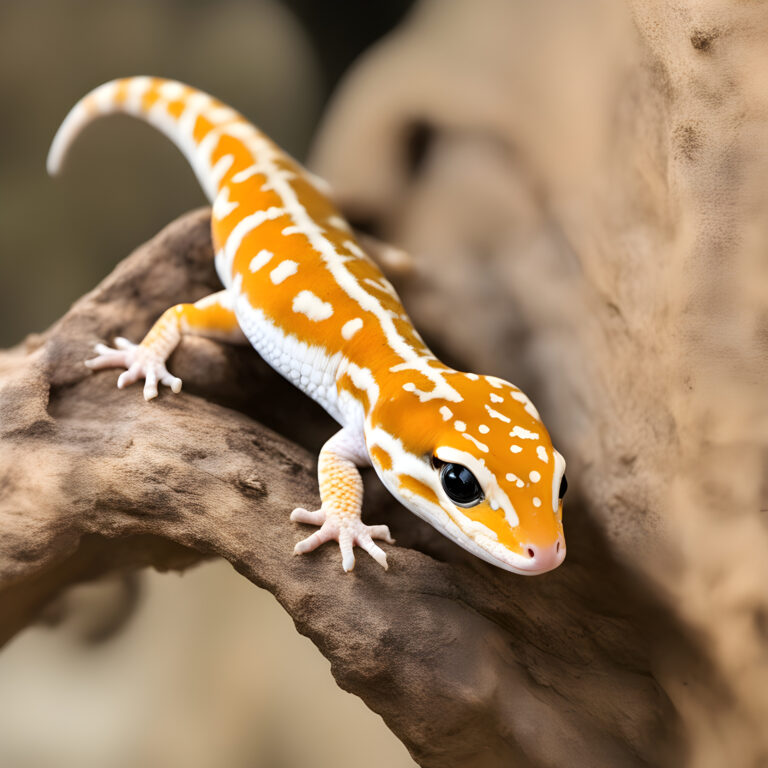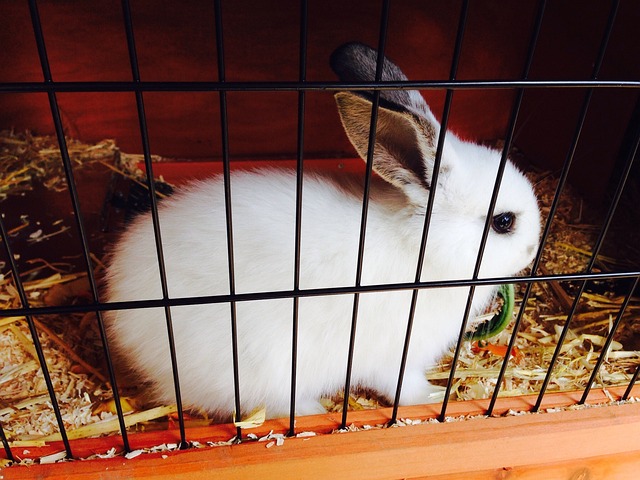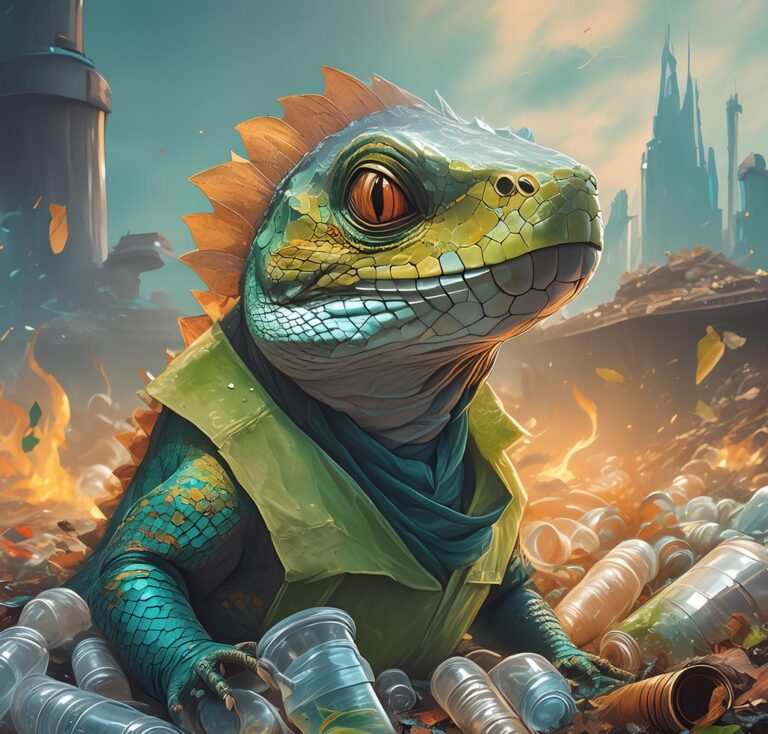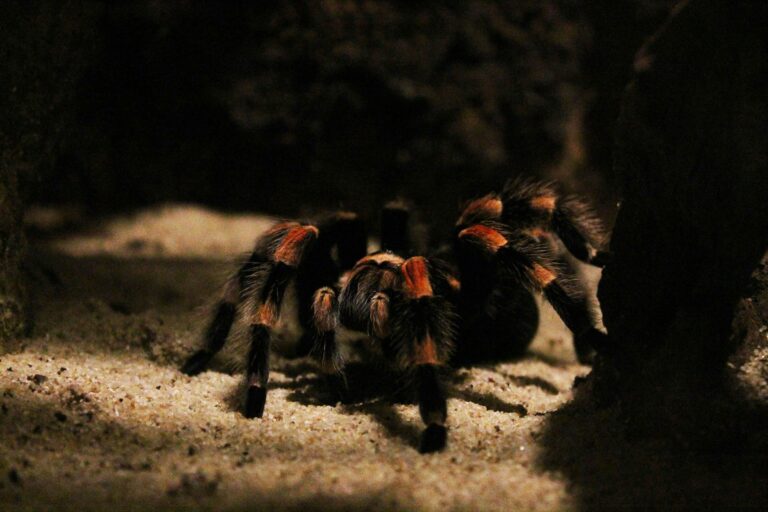Building a Plexiglass Reptile Cage Complete Step by Step Guide
Introduction
Building a plexiglass reptile cage is a rewarding DIY project that allows you to provide a safe and comfortable habitat for your reptile pet. Plexiglass, also known as acrylic glass, is an ideal material for reptile cages due to its durability and transparency. Unlike traditional materials like standard glass, plexiglass is 30 times stronger and weighs only half as much. It also allows more light to pass through, creating a bright and visually appealing environment for your reptile.
In this step-by-step guide, we will walk you through the process of planning, gathering materials, and constructing a plexiglass reptile cage. We will also provide tips for maintaining and troubleshooting common issues with the cage. By following this guide, you can create a custom enclosure that meets the specific needs of your reptile and enhances their overall well-being.
Before we dive into the construction process, let’s explore why plexiglass is the ideal choice for reptile cages and the benefits it offers over traditional materials. Understanding the advantages of using plexiglass will help you make an informed decision and ensure the best habitat for your scaly friend.
Why Plexiglass is Ideal for Reptlie Cages
Plexiglass is the ideal material for reptile cages due to its unique properties and advantages over traditional materials. First and foremost, plexiglass is highly durable, making it resistant to cracks and breakage. This is especially important for reptile enclosures as reptiles can be active and may scratch or bump into the walls of the cage. Additionally, plexiglass is transparent, allowing for excellent visibility of your reptile and creating a visually appealing display. Its transparency also ensures that your reptile receives adequate natural light, which is essential for their overall health and well-being.
Benefits of Using Plexiglass Over Traditional Materials While Building a Plexiglass Reptile Cage
There are several benefits to using plexiglass over traditional materials like standard glass in reptile cages. These benefits include:
- Durability: Plexiglass is 30 times stronger than standard glass, making it highly resistant to cracks and breakage. This is particularly important for reptile enclosures as reptiles can be active and may scratch or bump into the walls of the cage.
- Transparency: Plexiglass is transparent, allowing for excellent visibility of your reptile. This not only enhances your viewing experience but also allows for better monitoring of your reptile’s behavior and overall health.
- Lightweight: Plexiglass weighs only half as much as standard glass, making it easier to handle and transport. This is particularly beneficial when constructing larger or multiple reptile cages.
- Versatility: Plexiglass can be easily cut, shaped, and molded to fit the specific dimensions and design requirements of your reptile cage. This versatility allows for greater customization and flexibility in creating the ideal habitat for your reptile.
By choosing plexiglass over traditional materials, you can create a durable, transparent, and customized reptile cage that provides the best living environment for your scaly friend.
Understanding the Durability of Plexiglass
Plexiglass, also known as acrylic glass, is a durable and transparent material that is widely used in various applications, including reptile cages. One of the key advantages of plexiglass is its durability. It is 30 times stronger than standard glass, making it highly resistant to cracks and breakage.
This is especially important for reptile enclosures as reptiles can be active and may scratch or bump into the walls of the cage.
In addition to its durability, plexiglass is also highly transparent. It allows for excellent visibility of your reptile, creating a visually appealing display and enhancing your viewing experience.
The transparency of plexiglass also ensures that your reptile receives adequate natural light, which is essential for their overall health and well-being.
Overall, the durability and transparency of plexiglass make it the ideal choice for reptile cages. It provides a safe and visually appealing habitat for your reptile, ensuring their comfort and well-being.
Determining the Size and Dimensions of Your Cage
When planning the size and dimensions of your reptile cage, it’s crucial to consider the space requirements of your specific reptile species. Factors such as the adult size of your reptile, their active behavior patterns, and the need for environmental enrichment should guide your decision. A general rule of thumb is to ensure the enclosure is at least three times the length of the reptile and half the width. This provides ample room for movement, climbing, and basking, supporting your reptile’s well-being. Take into account any additional accessories or decorations you plan to include in the terrarium.
Comprehensive List of Materials for Your DIY Cage
For your DIY cage using plexiglass, gather these materials: plexiglass sheets, measuring tape, marker, saw for cutting, sandpaper for smoothing edges, adhesive or glue for bonding, hinges for doors, screws, drill for ventilation holes, and a mesh for airflow. These materials are essential for constructing a durable and secure reptile enclosure that provides the necessary environment for your reptile’s well-being. Stay tuned for the next steps in creating your ideal plexiglass reptile cage.

Step by Step Construction Process of Building a Plexiglass Reptile Cage
Cutting the plexiglass to your desired dimensions is the initial step. Next, assemble the sides and base of the cage securely. Join the plexiglass panels together using adhesive or glue. Ensure proper ventilation by adding vents to the reptile cage. This meticulous process guarantees a suitable environment for your bearded dragon or any other reptile.
Cutting the Plexiglass to Your Desired Dimensions
When cutting plexiglass for your reptile cage, ensure precise measurements to fit the enclosure. Use a scoring tool for shallow cuts before snapping along the line, reducing the chances of splintering. For intricate shapes, consider a jigsaw or circular saw with a fine-toothed blade for smoother edges. Prioritize safety with protective gear like gloves and goggles to prevent accidents. Remember, measure twice, cut once to achieve accurate dimensions for your DIY plexiglass cage.
Assembling the Sides and Base of the Cage
To assemble the sides and base of the cage, carefully align the cut plexiglass panels. Using an appropriate adhesive, such as glue designed for acrylics, join the pieces securely. Allow sufficient drying time as per the adhesive instructions to ensure a strong bond. Work methodically to prevent any gaps or uneven edges that could compromise the enclosure’s structural integrity. Once the sides are affixed, attach the base using the same precise techniques for a secure and safe reptile habitat. Ensure all connections are tight before proceeding.
Securing the Plexiglass Panels Together
To ensure a sturdy construction, secure the plexiglass panels together using an adhesive suitable for plastic materials. Acrylic glue or plexiglass-specific adhesive works best to create a durable bond between the panels. Apply the adhesive along the edges where the panels meet, ensuring a tight seal to prevent any gaps. Allow sufficient time for the adhesive to dry and cure properly before proceeding with the next steps in assembling your reptile enclosure. This step is crucial for the structural integrity of your DIY cage.
Adding Ventilation to Your Reptile Cage
To ensure your reptile’s well-being, proper ventilation in the enclosure is crucial. Opt for adjustable vents to control airflow and maintain the ideal humidity levels, especially for species like bearded dragons. Incorporate mesh panels or small fans to improve air circulation within the plexiglass cage. This DIY ventilation system will promote a healthy terrarium environment while preventing stagnant air and excess moisture. Keep your reptile comfortable and happy with this simple yet effective addition.
Installing Accessories and Decorations Used In Building a Plexiglass Reptile Cage
When setting up your plexiglass reptile cage, it’s crucial to focus on installing accessories and decorations that prioritize your bearded dragon’s well-being. Opt for safe and comfortable accessories to enhance the terrarium experience. Consider naturalistic decorations that mimic your dragon’s habitat in the wild. This attention to detail will create a stimulating and healthy environment for your pet, promoting their overall happiness and quality of life within the enclosure.
Selecting Safe and Comfortable Accessories
When selecting accessories for your reptile’s plexiglass cage, prioritize safety and comfort. Opt for items suitable for your bearded dragon or other reptiles to ensure no harm comes to them. Avoid sharp edges or small pieces that could be ingested. Choose decorations that enhance the terrarium environment while providing enrichment for your reptile. Items like wooden branches or rocks offer both a natural look and climbing opportunities for your pet. Keep in mind your reptile’s needs and behaviors when selecting accessories.
Ideas for Naturalistic Reptile Habitat Decorations
Enhance your reptile’s terrarium with naturalistic decorations like driftwood, live plants, and rocks to create a stimulating environment. Incorporate hiding spots and climbing branches for your bearded dragon’s enrichment. Opt for non-toxic materials and arrange them strategically to mimic their natural habitat. Use a mix of textures and colors to provide visual interest and sensory stimulation for your reptile. Remember to regularly clean and sanitize the decorations to maintain a healthy environment for your pet. Enjoy creating a nature-inspired space for your reptile to thrive in.
Maintenance Tips for Your Plexiglass Reptile Cage
When caring for your plexiglass reptile cage, ensure regular cleaning and disinfection to maintain a healthy environment. Use gentle cleaners to avoid damaging the plexiglass surface. Regularly inspect for any cracks or damage to the material. To preserve transparency, avoid harsh chemicals during cleaning. Maintain optimal humidity levels to prevent mold growth within the enclosure, ensuring your reptile’s well-being. Regularly check for and address any ventilation issues to promote adequate airflow within the terrarium.
Cleaning and Disinfecting Your Cage
To maintain a healthy environment for your reptile, regular cleaning and disinfecting of your plexiglass cage are crucial. Use a mild soap solution and warm water to clean the interior surfaces, followed by a reptile-safe disinfectant. Avoid harsh chemicals that can harm your pet. Remove any soiled substrate promptly and disinfect surfaces where waste accumulates. A clean terrarium promotes reptile well-being and prevents potential health issues. Regular upkeep ensures a safe and hygienic habitat for your beloved bearded dragon or other reptiles.
Inspecting and Maintaining Plexiglass Integrity
Regularly inspect the plexiglass surfaces for scratches or cracks, as these can compromise the enclosure’s integrity. Clean the plexiglass with a mild soap solution and a soft cloth to maintain its transparency and appearance. Avoid using harsh chemicals that can damage the plexiglass. Prevent scratches by placing soft materials between any contact points. Monitor the overall condition of the plexiglass to ensure the safety and security of your reptile within the cage.
Troubleshooting Common Issues When Building a Plexiglass Reptile Cage
Dealing with scratches on plexiglass involves using gentle cleaners and avoiding abrasive materials. Managing humidity and temperature levels is crucial for reptile health; consider adding ventilation or adjusting placement. If condensation occurs, increase airflow or use a dehumidifier. Consider insulation for temperature regulation. Regularly monitor these levels to ensure your reptile’s comfort and well-being. By addressing these common issues promptly, you can maintain a healthy environment for your bearded dragon or other reptiles.
Dealing with Scratches on Plexiglass
To address scratches on plexiglass, use a mild abrasive like toothpaste or a commercial plastic polish. Gently rub the scratched area in a circular motion, then wipe clean with a soft cloth. Avoid harsh chemicals that can further damage the surface. For deeper scratches, consider a specialized scratch removal kit designed for plexiglass. Regular maintenance with proper cleaning techniques can also prevent scratches and keep your reptile enclosure looking pristine.
Must Read : Top Interactive Cat Toys for Indoor Cats: Keep Your Feline Friend Entertained
Managing Humidity and Temperature Levels
To ensure ideal living conditions for your reptiles, monitoring humidity and temperature levels is crucial. Use a hygrometer to track humidity, aiming for 30-50% for most species. Adjust levels with a misting system or reptile fogger. Maintain appropriate temperatures based on your reptile’s needs; for example, bearded dragons thrive at 95°F basking spot and 75°F cool side. Employ heat lamps or heat pads paired with thermostats to regulate warmth. Consistency in these environmental factors is key for the health of your reptiles.
Conclusion
In conclusion, building a Plexiglass reptile cage offers numerous benefits, including durability and transparency. By following the step-by-step guide outlined here, you can create a safe and comfortable habitat for your reptile companion. Remember to consider the size, thickness, design, and ventilation needs during the planning stage. Regular maintenance, such as cleaning and inspecting the cage, is crucial for ensuring a healthy environment. With proper construction and upkeep, your Plexiglass reptile cage will provide a secure and visually appealing home for your pet.
Frequently Asked Questions
- How Often Should I Clean My Plexiglass Reptile Cage?
To maintain a healthy environment, clean your plexiglass reptile cage weekly. Remove waste, replace substrate as needed, and disinfect surfaces to prevent bacteria buildup. Regular cleaning ensures a safe and comfortable habitat for your reptile friends.






